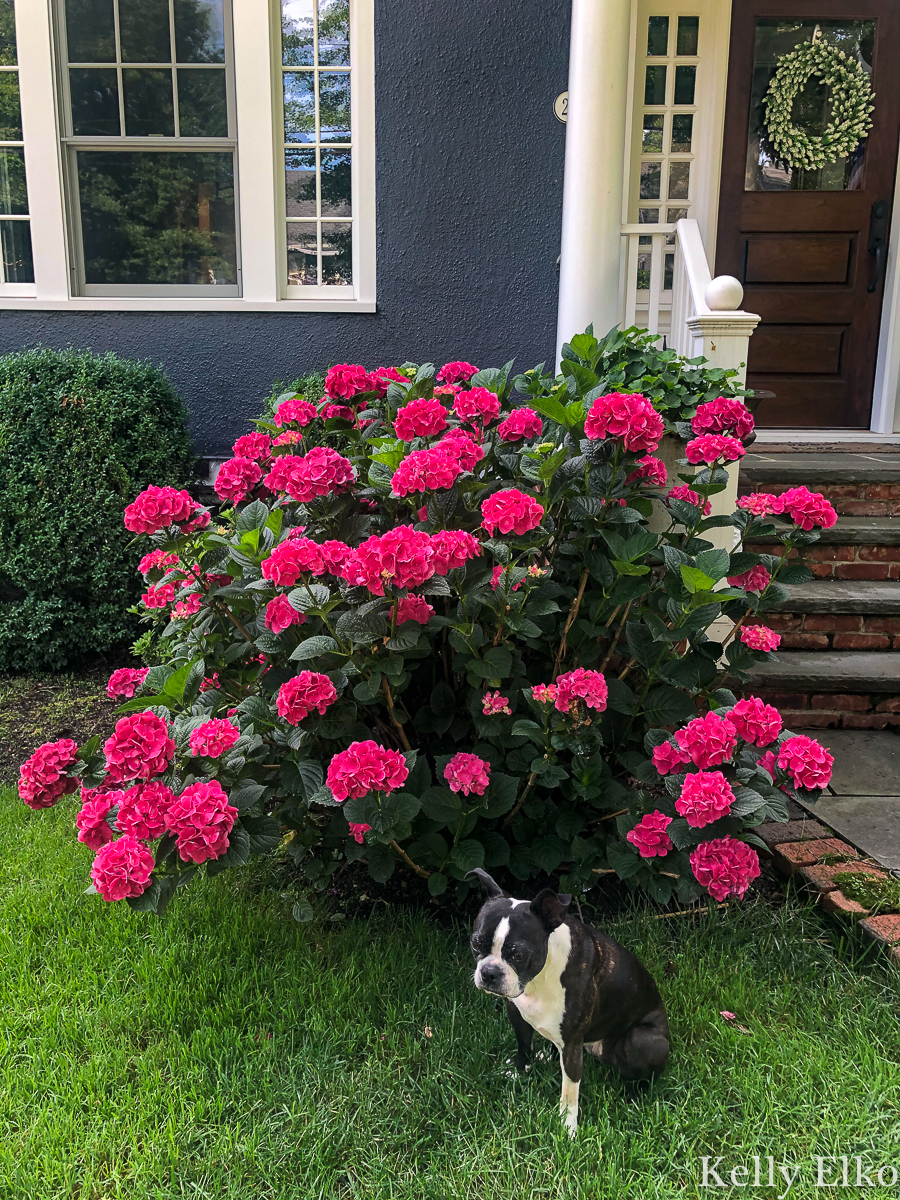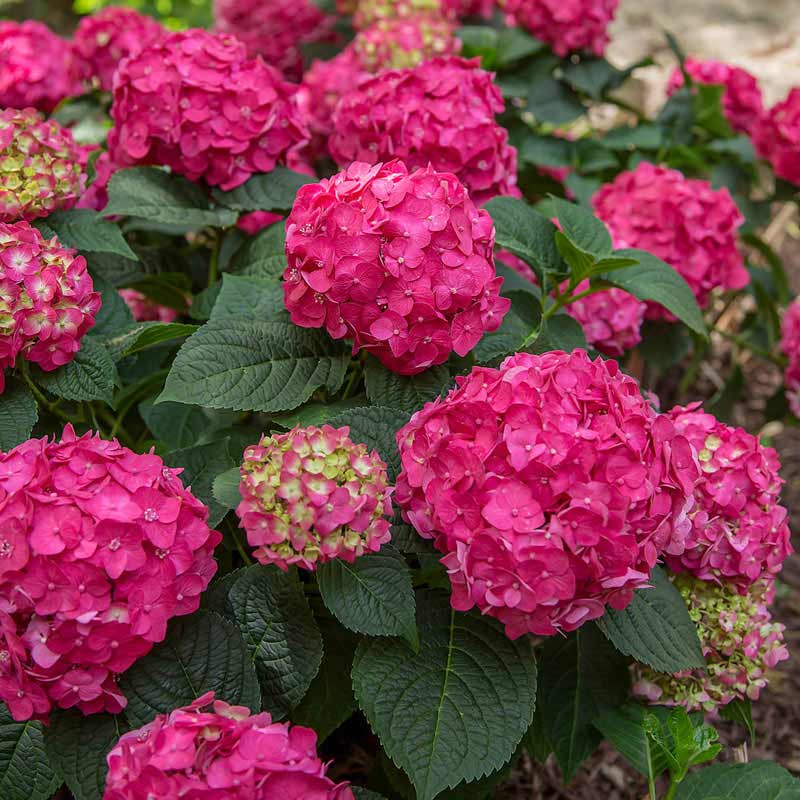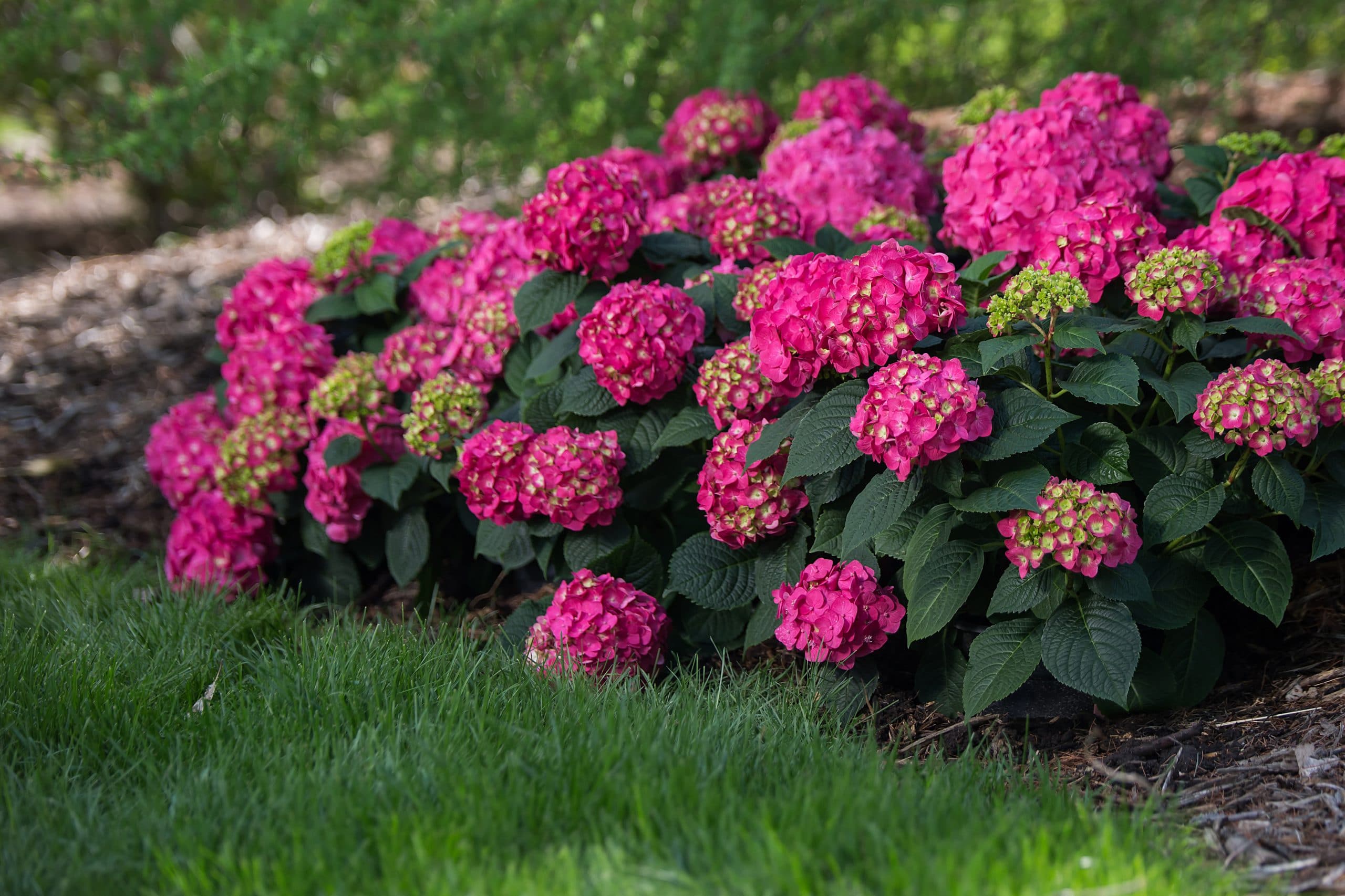Summer Crush Plant: The Stunning Hydrangea That Blooms Twice
Summer Crush Plant: The Stunning Hydrangea That Blooms Twice
The Summer Crush hydrangea is a beautiful and unique plant that is known for its vibrant raspberry red blooms. It is a member of the Endless Summer hydrangea family, which means that it can bloom twice a year in warm climates. In colder climates, it will still bloom once a year, but the flowers will be larger and more abundant.
Summer Crush hydrangeas are hardy in zones 4-9, so they can be grown in a wide range of climates. They prefer full sun to partial shade and well-drained soil. Summer Crush hydrangeas are relatively low-maintenance plants, but they do need to be watered regularly, especially during hot, dry weather.
In addition to their beautiful flowers, Summer Crush hydrangeas are also known for their attractive foliage. The leaves are dark green and glossy, and they turn a beautiful shade of red in the fall.
If you are looking for a stunning and easy-care hydrangea, the Summer Crush plant is a great option. It is sure to add a touch of beauty to your garden for many years to come.
Here are some of the key features of the Summer Crush hydrangea:
- Raspberry red blooms: The Summer Crush hydrangea produces large, showy blooms that are a vibrant raspberry red color. The blooms are borne on new growth in the spring and again in the summer.
- Repeat bloomer: Summer Crush hydrangeas are repeat bloomers, which means that they can bloom twice a year in warm climates. In colder climates, they will still bloom once a year, but the flowers will be larger and more abundant.
- Hardy in zones 4-9: Summer Crush hydrangeas are hardy in zones 4-9, so they can be grown in a wide range of climates.
- Low-maintenance: Summer Crush hydrangeas are relatively low-maintenance plants. They need to be watered regularly, especially during hot, dry weather. They also need to be pruned in the spring to remove dead or damaged branches.
- Attractive foliage: In addition to their beautiful flowers, Summer Crush hydrangeas also have attractive foliage. The leaves are dark green and glossy, and they turn a beautiful shade of red in the fall.
If you are considering adding a Summer Crush hydrangea to your garden, here are a few tips:
- Choose a location with full sun to partial shade.
- Plant in well-drained soil.
- Water regularly, especially during hot, dry weather.
- Fertilize in the spring with a balanced fertilizer.
- Prune in the spring to remove dead or damaged branches.
Summer Crush hydrangeas are a beautiful and easy-care plant that is sure to add a touch of beauty to your garden for many years to come.
If you're looking for a beautiful and easy-care hydrangea, the Summer Crush plant is a great option. With its deep raspberry red or neon purple blooms, Summer Crush is sure to add a pop of color to your garden. And because it's a reblooming hydrangea, you'll enjoy its beautiful flowers all summer long.
Summer Crush is also a relatively compact plant, growing to only 18-36 inches tall and wide. This makes it a great choice for smaller gardens or patio containers. And because it's hardy in zones 4-9, Summer Crush can be grown in most parts of the country.
If you're interested in learning more about Summer Crush, I recommend visiting Garden Wiki. This website has a wealth of information about the plant, including care tips, planting instructions, and more.
FAQ of summer crush plant
Frequently Asked Questions about Summer Crush Plant
Q: What is a summer crush plant?
A: Summer crush plant is a type of hydrangea that is known for its large, colorful blooms. It is a relatively new variety, first introduced in 2012. Summer crush plants are hardy in zones 5-9 and can grow up to 6 feet tall and wide. They prefer full sun to partial shade and moist, well-drained soil.
Q: How much sun does a summer crush plant need?
A: Summer crush plants prefer full sun to partial shade. They can tolerate some direct sunlight, but too much sun can scorch their leaves. If you live in a hot climate, it is best to plant your summer crush plant in a location that receives morning sun and afternoon shade.
Q: How do you plant a summer crush plant?
A: Summer crush plants are best planted in the spring or fall. When planting, choose a location that receives full sun to partial shade and has moist, well-drained soil. Dig a hole that is twice as wide and as deep as the root ball of your plant. Add some compost or manure to the soil at the bottom of the hole. Place your plant in the hole and backfill with soil, tamping down gently to remove any air pockets. Water your plant thoroughly.
Q: How do you care for a summer crush plant?
A: Summer crush plants are relatively easy to care for. Water them regularly, especially during hot, dry weather. Mulch around your plant to help retain moisture and suppress weeds. Fertilize your plant in the spring with a balanced fertilizer. Deadhead spent blooms to encourage new growth.
Q: What are some common problems with summer crush plants?
A: Summer crush plants are susceptible to a few common problems, including:
- Leaf scorch: This can be caused by too much sun or heat.
- Powdery mildew: This is a fungal disease that can cause white, powdery spots on the leaves.
- Aphids: These small insects can suck the sap from leaves, causing them to wilt and curl.
- Japanese beetles: These large, metallic beetles can eat the leaves of summer crush plants.
If you notice any of these problems, take steps to treat them immediately. For leaf scorch, move your plant to a location with more shade. For powdery mildew, treat with a fungicide. For aphids, wash them off the leaves with a strong stream of water. For Japanese beetles, pick them off the leaves and destroy them.
Image of summer crush plant
- Image 1: A full-blooming Summer Crush hydrangea plant with large, pink and white flowers.

- Image 2: A close-up of the flowers of a Summer Crush hydrangea plant, showing the pink and white petals and the dark green leaves.

- Image 3: A Summer Crush hydrangea plant in a garden setting, with other flowers and plants in the background.

- Image 4: A Summer Crush hydrangea plant in a pot, on a patio or deck.

- Image 5: A group of Summer Crush hydrangea plants in a field, with a blue sky and white clouds in the background.

Post a Comment for "Summer Crush Plant: The Stunning Hydrangea That Blooms Twice"